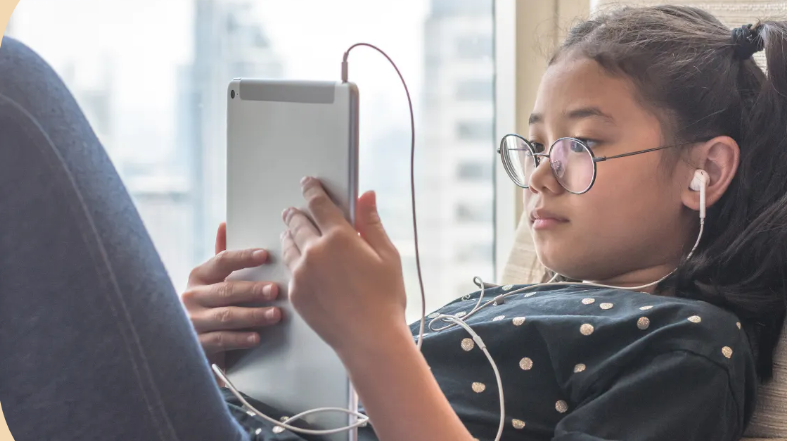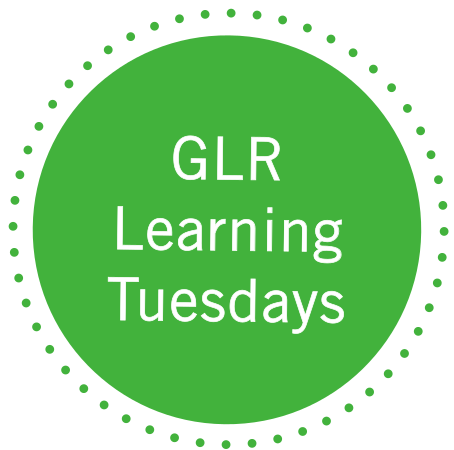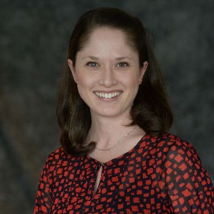
03:00 - 04:30 pm
Learning at Home and in the Classroom: Innovation in Curricula and Professional Learning

“Education is a human endeavor. It’s all about student relationships and we really need to see caregivers, parents and family members as partners in the critical work of ensuring that every single student in our nation learned on grade level and achieves their dreams.”
Sarah Johnson of Teaching Lab shared this important reminder during last week’s GLR Learning Tuesdays webinar, Learning at Home and in the Classroom: Innovation in Curricula and Professional Learning, as she discussed the ways in which high-quality curricula and professional learning can support teachers in building strong relationships with students and their families.
Thank you for registering for this engaging and informative session, co-sponsored by Overdeck Family Foundation. If you missed this conversation or would like to review what was shared, links to the recording and other related materials can be accessed here on CLIP, with links to specific resources listed below.
Johnson was joined by four other leaders in the field of education ― Elizabeth Chu, Ph.D., of Columbia University Center for Public Research and Leadership (CPRL); Bryan Hassel, Ph.D., of Public Impact; David Rosenberg of Education Resource Strategies; and Lauren Weisskirk of EdReports. Laurie Sztejnberg of Overdeck Family Foundation moderated the conversation as panelists explored innovation in professional learning, staffing and curricula as a result of the pandemic.
Rosenberg described the shifts that he had seen in teacher staffing as schools and districts began rethinking time and rethinking roles to make the job of teaching more rewarding, collaborative and sustainable. These shifts included adjustments to school schedules, the tapping of community partners, and non-traditional sources of talent like teaching aides and high school students — a strategy that has the added benefit of fueling a diverse pipeline of future teachers.
Hassel provided an overview of Public Impact’s Opportunity Culture Initiative, explaining how it engages teachers with high-growth student learning and leadership competencies, such as Multi-Classroom Leaders who continue teaching part-time while also leading small collaborative teams of teachers, paraprofessionals and teacher residents to help them meet standards of excellence. Research has shown that this approach enables significant additional student learning and boosts teacher quality.
Chu shared findings from a recent CPRL report that noted a shift in the understanding of the instructional core among some school districts from the three-pronged notion of teacher, student and instructional materials to include families as a fourth prong. She noted that when families had access to high-quality instructional materials, they broadened the observational and supportive capacity available to each child, co-producing learning, growth and well-being and enabling students in remote learning to learn as much as they would in a “typical” school year.
Weisskirk explained how the pandemic provided a window for families to see how few teachers have consistent access to high-quality instructional materials, lighting a fire under many schools, districts and states to reconsider options and policies to ensure access to good content for all students. When teachers have access to high-quality materials that are standards-aligned and allow for differentiation, they are better able to address students’ social-emotional health and collaborate with families.
Johnson shared how Teaching Lab had pivoted from an all in-person, job-embedded coaching and professional learning model to offer virtual teacher training during the pandemic ― with many teachers now sharing a preference for this new approach. While supporting teachers in making the shift to teaching remotely, they identified several principles that can improve remote learning. These include aligned curriculum and technology, strong relationships with students and families, consistent instructional routines and a focus on equity in all decision-making.


 All Events
All Events





